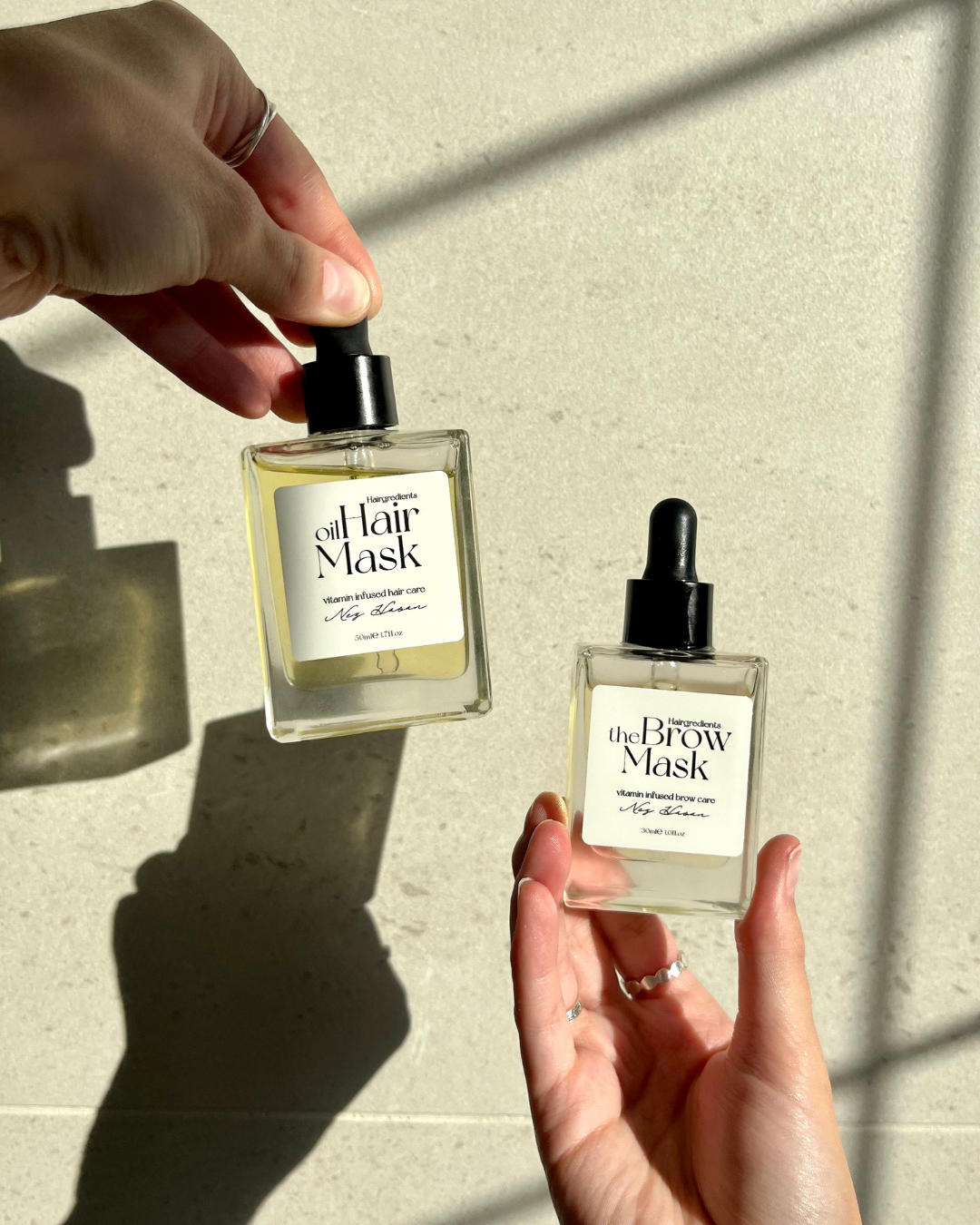Understanding hair loss & how to manage it

Hair loss can be a distressing experience, impacting both physical appearance and emotional well-being. While it's a common concern, the reasons behind hair loss can vary widely. Today we'll delve into some significant factors contributing to hair loss: postpartum hair loss, chemotherapy, decrease in vitamin intake, and tight hairstyles. There are of course many other reasons such as alopecia and genetic pattern baldness, these cases are more complex.
1. Postpartum Hairloss
I would say becoming a mother is one of the most rewarding experiences a person could endure, however, that does not mean to say that it's all smooth sailing. For many new mothers it will also bring unexpected changes to their body, hair loss being one of them. Postpartum hair loss is a common occurrence after childbirth as during pregnancy they have an increase in oestrogen which prevents normal hair shedding. After childbirth their hormones go back to normal leading to the shedding phase, this can last up to 1 year, however with a nutrient-rich diet this can support hair regrowth even during this period.
2. Vitamin deficiency
Nutritional deficiencies can significantly impact your health as well as hair health. A decrease in essential vitamins and minerals can lead to hair thinning and loss. If you are focusing on your hair health and are struggling with keeping up with your vitamin intake then trying an alternative such as natural oils can help to address specific deficiencies and promote hair regrowth. Although we do always recommend to also upkeep a healthy diet for general health.
3. Tight hairstyles
If you have fallen into the trend of the tight slick back bun and overuse of hair gel then it's likely you're noticing your hairline thinning. The overuse of hair gel for men and women will gradually cause thinning. In addition constant tight hairstyles, such as braids, ponytails, or extensions, can cause excessive tension on the hair shaft and follicles, leading to thinning. To prevent this, consider using products that contribute to maintaining strong and healthy hair to prevent thinning and that can help grow back the hairs you have lost.
4. Chemotherapy
Cancer treatment, particularly chemotherapy, is known for its side effects, hair loss is unfortunately one of them. While the focus during this time is rightfully on battling the disease, loosing their hair has massively impacted their self-confidence and mental wellbeing. During chemo its common that you are unable to take certain vitamins as it can disrupt the treatment so people have opted for natural products that can externally help with hair loss instead.
Understanding the underlying causes of hair loss is the first step towards finding effective solutions. Whether it's a temporary phase like postpartum shedding, a side effect of medical treatment, or a result of lifestyle choices, there are ways to address and cope with hair loss. Everyone's hair journey is unique, and finding what works for you may require a combination of approaches. Embrace the process, and with time and care, you can nurture your locks back to health with Hairgredients.
We recommend for you to use The Hair Kit, using The Derma Roller, roll over the scalp in different directions for a few minutes, apply 1-2 drops of Oil Hair Mask on those areas and massage into the hair, you want to apply this method 1-2 times per week. Use the Oil Hair Mask on the ends of your hair daily to restore broken bonds, giving your hair elasticity and leave you will smooth silky locks.








Comments